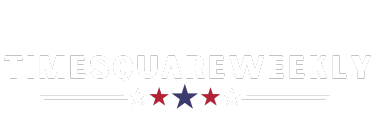As we eagerly await the release of the monthly employment report this coming Friday, economists predict that employers added 190,000 jobs in June. This forecast marks a slight decrease from the impressive 272,000 jobs added in May.
Despite this slight dip in job growth, the overall state of the economy remains robust. Unemployment rates continue to hover at historically low levels, the stock market is reaching new highs, and wage growth is outpacing inflation.
However, economists warn that the labor market is in a delicate position. While layoffs are at near record lows, the hiring rate – a crucial measure tracking the number of new hires against overall employment – has slowed significantly. This slowdown means that individuals who lose their jobs are facing challenges in finding new opportunities.
The Federal Reserve’s decision to raise interest rates significantly since 2022 has had lasting effects on businesses. Many small businesses are now grappling with higher loan costs, which have hindered their expansion efforts. Additionally, credit card delinquencies have increased among lower-income households due to rising prices.
Nevertheless, most businesses and households maintain strong balance sheets, with more cash reserves in checking accounts than in previous years. This financial stability has provided a safety net for Fed officials, who are cautiously optimistic about the recent inflation data indicating a more manageable pace of price increases.
Analysts anticipate that Fed chair Jerome H. Powell and other policymakers will remain hesitant to ease borrowing conditions until they are confident in their ability to combat inflation effectively.
Nancy Vanden Houten, a lead U.S. economist at Oxford Economics, noted in a recent research note, “The labor market is strong enough to allow the Fed to exercise patience before considering interest rate reductions. However, favorable inflation data may provide the Fed with more flexibility to respond to unexpected signs of weakness.”








